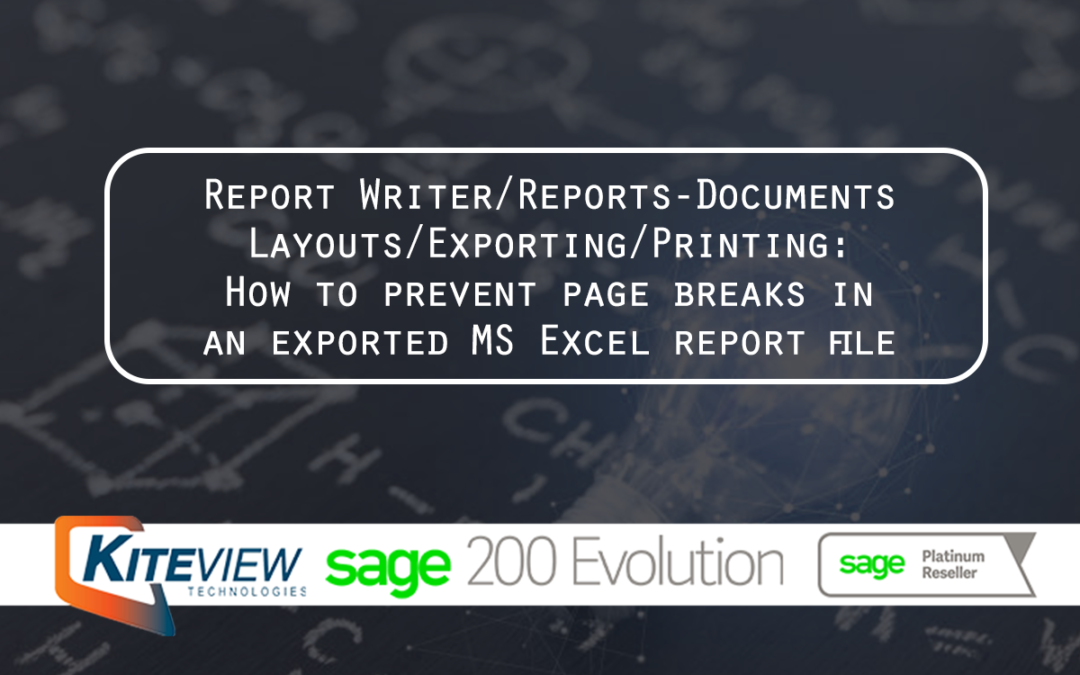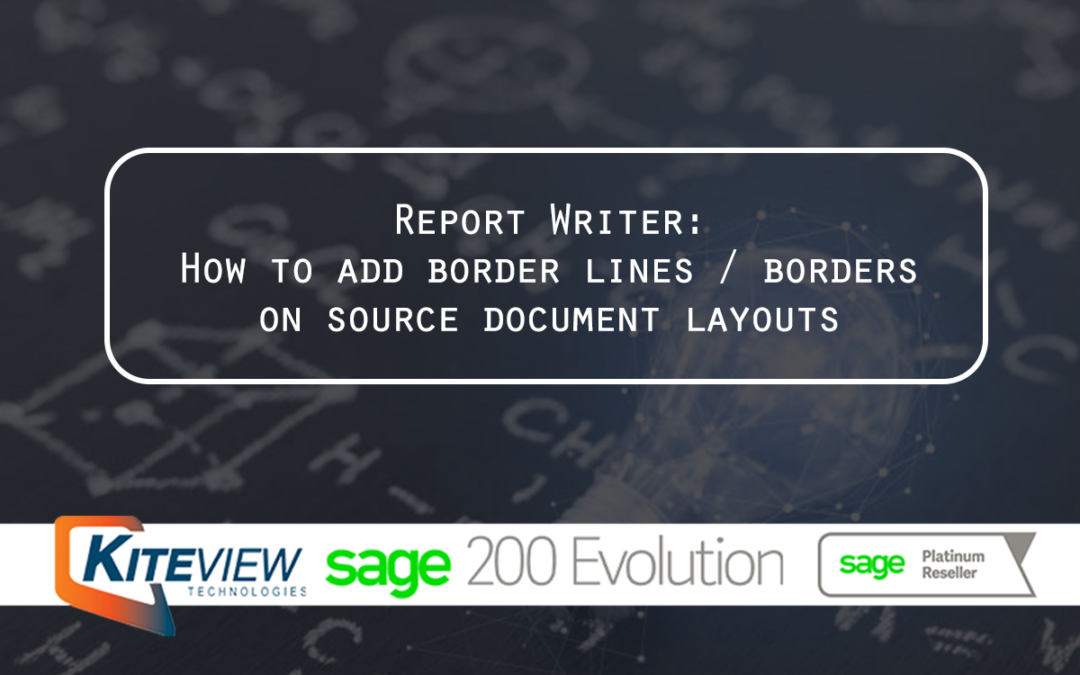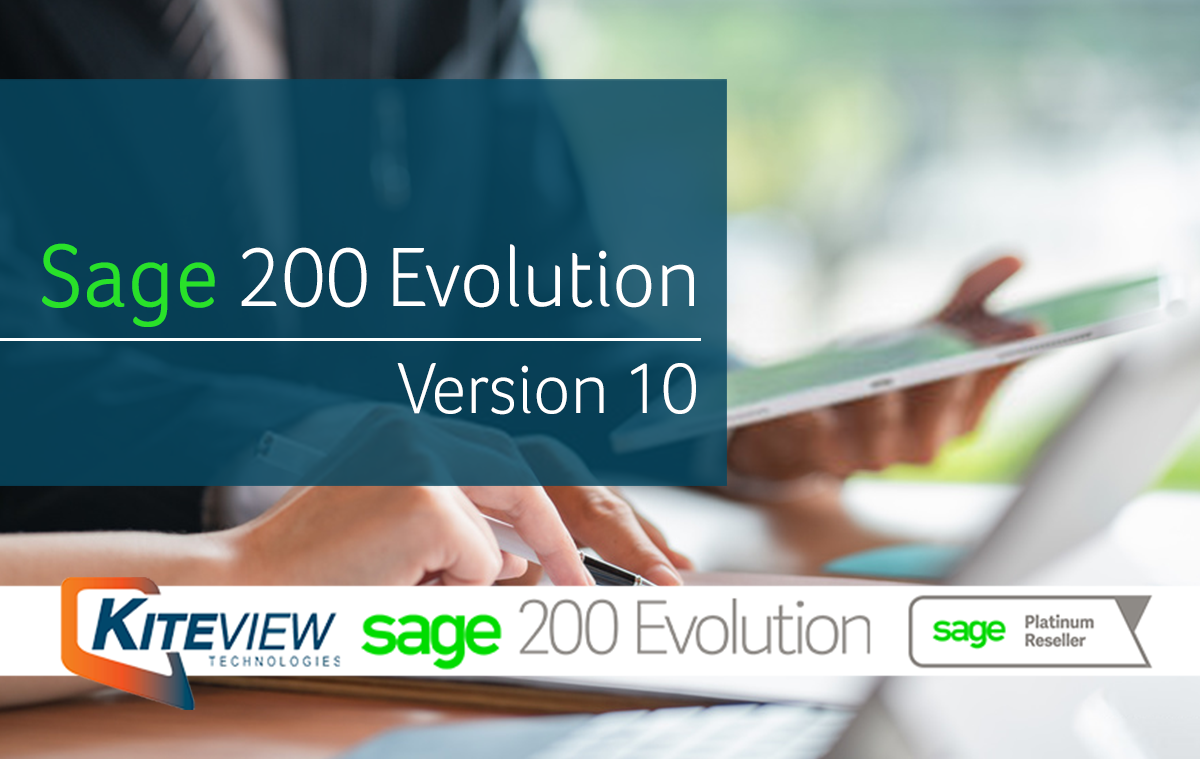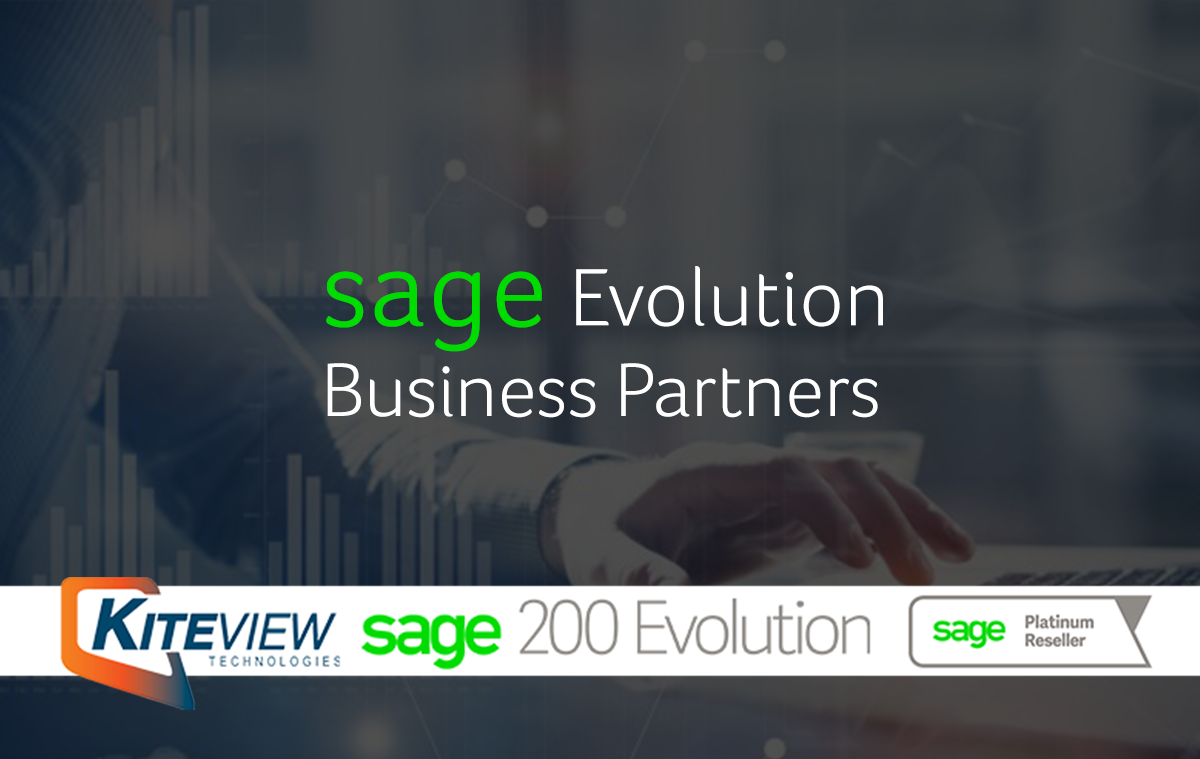Continuous or ‘rolling’ close is the process of keeping accounts up to date on a daily basis and being able to provide financial information at any time during the monthly reporting cycle.
This is a philosophy that’s only now gaining ground and we’d argue that this is largely down to the advances made in modern systems.
Although the idea of continuous close is a relatively new one, we think it has a number of excellent advantages for companies and only one or two easily overcome drawbacks.
In this article, we examine the ideas behind continuous close and the benefits and pitfalls.
What is continuous close?
Continuous close (aka continuous accounting or rolling close) is the practice of using automation and modern, integrated systems to ensure all entries are made immediately.
The aim is simple: to make sure that as far as possible the books of the company are up to date at any point in the month.
Now, we do have to add a caveat here – all businesses are different, so a continuous close may mean different things to different companies.
Unlike traditional systems that may require different modules to be ‘closed’ for the month before balances are reported up to the nominal ledger, with a continuous close, these are reported instantaneously.
If we take the example of accounts payable (AP) in a traditional system, you’d expect the accounts payable ledger to close as near to day one as possible and then the balance of trade creditors would be journaled into the nominal ledger.
With a modern accounting system, sub-ledgers don’t really exist as such and a transaction that occurs in AP will be instantly reflected in trade creditors.
As well as running integrated systems in this way, automation is used to tackle regular tasks and robotic accounting can help with making entries.
For instance, Robotic Process Automation (RPA) can be used to monitor an inbox and then automatically process invoices for accounts payable.
The aim is to get to the stage where at any moment you can run a profit and loss (P&L) and it would be very close to an accurate picture of the results of the company.
The benefits of continuous close
Real-time information = real-time value
One of the key benefits of having books that are continuously up to date is that of enhanced visibility.
At any point, managers can see exactly what is going on and the accounts accord with their daily experience of life in the business.
This adds credibility because it means the accounts look very much like they expect and they don’t have to wait for an age for a set of accounts that may or may not resemble their experience.
Having real-time visibility over what’s happening at any time during the month is a massively valuable benefit for the company as a whole and often starts the process of the accounts department becoming more of a business partnering function.
Time savings
There can’t be many accountants who haven’t tried to reconcile an account only to find entries from a month or more past that they can’t remember.
Investigating and unwinding incorrect entries is one of the most time-consuming aspects of the close process.
This is made much easier if accounts are reconciled on a daily basis.
At the same time, the use of robotics and automation means the standard manual tasks can be done in seconds, freeing up staff to really understand the numbers.
Enhanced compliance
For regulated industries, it’s a requirement that their books are accurate and kept up to date.
Using automated systems results in fewer errors and more visibility over what’s been done and when.
Accounts are easier to audit as it’s simpler to understand a few lines on a journal rather than untangle some of the mega-journals that we’ve all done at month-end.
Employee satisfaction
For many accounts teams, month-end is a trial of epic proportions.
There can be nothing more dispiriting than completing a huge month-end and then immediately launching into another one.
Automating systems and spreading the workload over the whole team for the whole month means people are freed up to do value-add activities for the wider business.
While some members of the team may love the routine of plugging numbers into a monolithic system, many more appreciate the chance to get out into the business and make a real difference.
Better decision-making
Independent research think tank the FSN recently carried out a survey that revealed 86% of companies believe their analytics offer little in the way of insight.
This is remarkable because analytics can provide excellent information that will improve decision making across the organisation.
Part of this is down to the speed with which managers get information – and with continuous close, this is considerably enhanced.
Increased company agility
Companies that get their information quicker can make their decisions faster. And that means you’re building in agility.
Up-to-date accounts mean any ad-hoc reporting for business decision making can be almost instant, allowing managers to act quickly on opportunities that present themselves.
Fewer errors
Accountancy Age suggests that up to 88% of spreadsheets contain errors. And to a very great extent, automating the process of closing and maintaining accounts on a daily basis helps to rectify this.
It’s much easier to spot errors that have been made when reconciling every day and they are easier to solve, as finding out what has gone wrong is simpler than asking someone why they posted a particular journal six weeks ago.
Hard close hasn’t gone away
With so many benefits of a continuous close, it’s easy to think that the need for a hard close has disappeared.
But that isn’t always the case.
In fact, a hard close is a really important aspect of accounting and will still exist even if it’s only on an annual basis.
Typically, we find that businesses tend to use a hybrid method, with operational accounting worked on a continuous basis and then a hard month-end close is used to add in financial accounting adjustments.
Again, the important thing to remember here is that the month-end process should be used in a way that adds value for the company. So whatever method works best for you is the one you should adopt.
Are there problems with continuous close?
Well, there are problems with this mode of operating although they aren’t insurmountable.
The first is that of legacy systems that can’t cope with a continuous method of closing.
That’s no criticism of the manufacturers. It’s simply that the idea of having books that are always totally up to date and reporting at any point during the month wasn’t thought of when the software was developed.
The obvious answer here is to upgrade to more modern software that can help with the continuous close procedure rather than hinder it. Maybe it’s time to invest?
The next question is that of payroll.
How are you going to manage the reporting of a monthly payroll which, for some companies, is the single largest cost?
Are you really going to accrue on a daily basis for these costs?
This is where automation can come in useful as sophisticated systems can make daily accruals for payroll, which are then unwound as soon as the payments are made.
One of the most time-consuming processes at month-end is consolidation.
And in many cases, this is down to systems that aren’t integrated and have completely different charts of accounts.
To get around this, companies can move to use a third-party reporting system that can cope with different account numbers and structures or update their systems and, at the same time, update the chart of accounts for each separate entity.
Staff may have issues with adapting to the new method.
After all, as accountants, we’re taught to work to a monthly timetable, and ripping that up and asking people to do something completely new is a big change.
This isn’t a new problem and is something we see regularly in projects of all types.
Communication, training and senior management buy-in all help people to feel more comfortable with the change.
There can be problems when accounting for things that have traditionally been monthly adjustments, in particular prepayments, depreciation and provisions.
The answer here is to decide exactly what you are reporting and why.
If what you want to produce is a totally updated P&L down to EBITDA (Earnings Before Interest, Taxes, Depreciation and Amortisation) level then generally you’re not going to have too much of a problem.
And that’s especially if everyone knows that what they are looking at are essentially operational accounts and not full management accounts.
It’s possible to automate the calculation of depreciation but you do need to ask yourself whether the effort is worth it here.
Is your depreciation material?
If not, move it to your hard month-end instead.
Is continuous close right for your company?
As we noted earlier in this article, continuous close often means different things to different companies.
But we firmly believe there are few businesses that won’t benefit from adopting the principles in at least some areas.
Automating repetitive manual tasks is always a winner and freeing up staff to add real value to the business as a whole helps the business, managers in other departments and finance staff.
The best place to start is by looking at your systems and understanding what you can do to make your accounts closer to real-time.
What are the steps to shift towards a continuous close?
If you’re looking to move towards a continuous close in your business, you can achieve this in just six steps.
Remember, the earlier you communicate your plans and explain to your team how they will benefit from it, the easier it will be for your business to adopt a continuous close.
- Bring your team on board, explain your vision and get them involved early.
- Understand and document the processes required to close your month-end.
- Identify which of those tasks can be implemented at the point of entry – is this feasible and realistic?
- Identify the tasks that can’t be implemented at the point of entry currently. Are they mission-critical to your real-time reporting? If so, is its process, people or tech holding you back?
- Put together a transition plan including responsibilities.
- Get started.
Final thoughts
Continuous close has lots of benefits and could really free up your finance team’s time to focus on more value-add tasks.
To get started with it and determine whether it’s the right approach for your business, take action by following the six steps above and see how you get on.
Once you have your continuous close processes in place, you may find that previous ways of working are soon a thing of the past.












